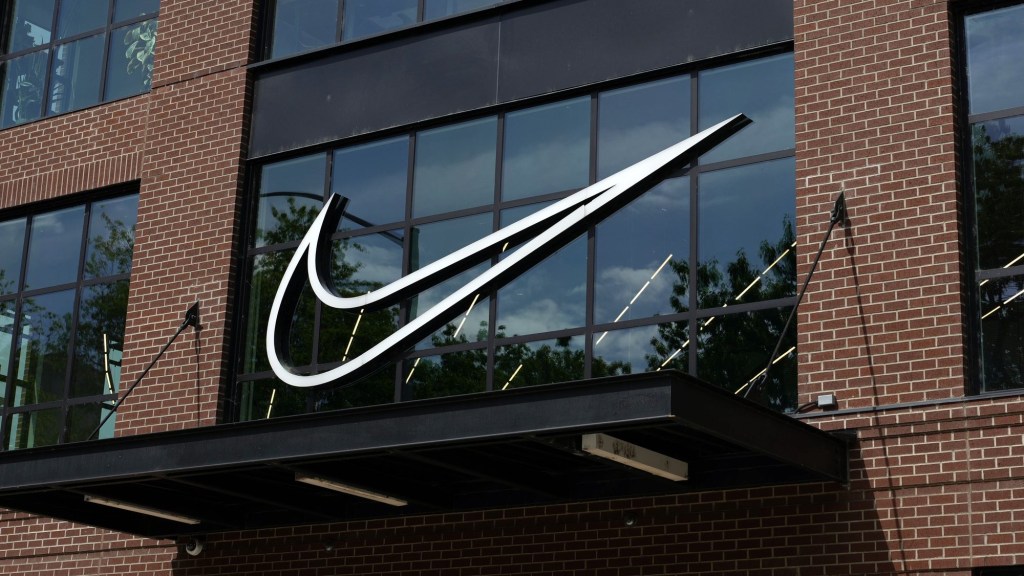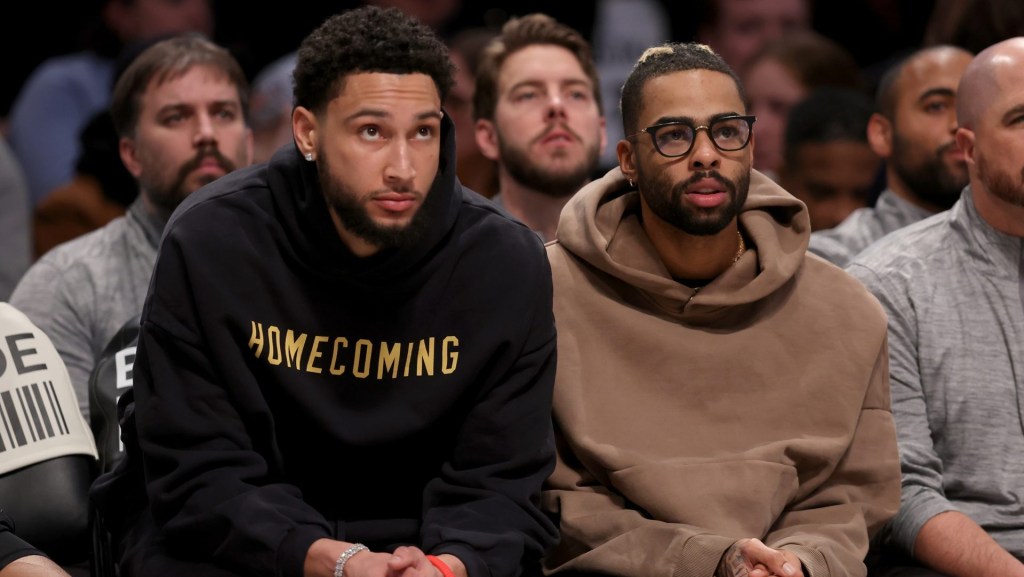On Thursday of last week, Nike announced year-end earnings for what was a whirlwind fiscal 2021 as the company continued its push into e-commerce and dealt with an ongoing — let’s call it a “tiff” — with the Chinese government.
The results? Pretty freaking stellar. In fact, Nike shares surged more than 15% and hit a record intraday high of $154.59 the very next day.
2021 Earnings Call Highlights
Words you could use to describe what The Swoosh did to The Street’s estimates: beat, crushed, smashed, demolished, eviscerated. Your choice.
Nike outperformed expectations by about every metric possible:
- North American revenue up 141% vs. 2020
- North American digital sales up 54% vs. 2020 and 177% vs. 2019
- Chinese sales up 17% year-over-year with the driver being equipment sales
- Gross margins up 850 bps or 8.5% (which is like…a lot of basis points)
- Earnings per share of $0.93, beating estimates by $0.42
Take a deep breath. That’s a lot to unpack. (Imagine how I felt listening to CEO John Donahoe wax poetic about margins, strategic positioning, and omni-channel distribution on Nike’s earnings call. But I digress.)
Here were my three main takeaways:
1. Women’s Apparel Is The Future
In 2021, Nike women’s products outperformed men’s (20% growth vs. 11%) and represented 24% of the total merchandising revenue for the company.
Year-over-year growth for the women’s segment was clearly a point of pride for the company as they spent ample time discussing initiatives like revamping WNBA merchandise for the 2021 season.
An $8 billion revenue figure is a huge indication of things to come — and Nike appears fully committed to innovating in women’s sports.
2. The Situation in China Is Unprecedented
Nike’s growth in the Chinese market should not be underestimated. Revenue in the nation jumped 51% year-over-year in Q3 2021 alone.
Prior to the pandemic, Nike had already experienced periods of double-digit growth in China from 2015-2019 and also benefited from the Chinese government’s investment in sports and the country’s growing middle class.
However, disputes over alleged forced cotton production in the western region of Xinjiang have still been a large point of contention.
Earlier in the year, Nike and H&M independently made statements of concern over their potential involvement in the controversial supply chain.
China vehemently denounced the claims and jabbed back.
- Chinese celebrities cut ties with brands like Nike who participated in the Better Cotton Initiative.
- H&M was removed from various e-commerce stores in the country.
- Nike was also removed from many of the largest Chinese e-commerce apps — a clear push from the government to boycott the Swoosh.
All of that said, Q4 results indicate that demand for Nike is alive and well in China.
3. Digital, Digital, and More Digital
Nike made it clear back at its 2017 investor day that shifting toward a DTC-centric model was a top priority.
A move away from traditional retail and its price segmentation strategy — shipping exclusive sneakers to high-end boutiques while Air Monarchs are relegated to DSW — was, at the time, a big decision for Nike.
How has it worked? Splendidly.
Digital revenue grew from $34 billion in 2017 to $42 billion in 2021. The percentage of Nike’s revenue coming from DTC sales jumped from 28% to 39% in the same period.
Q4 of fiscal 2020 was a dark spot, though — Nike’s worst quarter of the pandemic:
- Earnings per share dropped by $0.51
- $6.31 billion in Q4 2020 revenue vs. $10.1 billion in Q4 2019
- Net income sank to $790 million vs. $989 million a year earlier
But the push to digital was a saving grace. In that same miserable quarter, Nike’s e-commerce sales grew 54%.
Digital is at the forefront of top dog Donahoe’s strategy.
In late 2019, Nike cut ties with a little known online retailer based out of Seattle: Amazon. This past March, Nike went through another round of cuts — DSW, Urban Outfitters, Macy’s, Olympia Sports, and Big 5 were all dropped in favor of the company’s OneNike digital strategy.
On the other hand, Nike beefed up its relationships with Dick’s, Foot Locker, and Nordstrom. These retailers allow Nike to uniquely position the brand — with a heavy emphasis on in-store initiatives that drive engagement.
Nike is opening up to 200 new owned and operated stores that are intended to be smaller, more intimate, and most importantly — more digital. Competitors are on a similar trajectory.
- Adidas stated in March that its sales would be 50% DTC by 2025.
- Puma’s DTC sales were up 19.2% YTD in April — e-commerce made up 57.2% of that total.
In an age where digital commerce is ubiquitous, Nike is going about as all-in as possible.
Where Do We Go From Here?
All in all, the question remains whether or not Nike’s investment in digital will allow it to scale the same way its wholesaler price segmentation model did.
My bet would be that it absolutely can and will. The moat created by Nike is so wide that it will be difficult for anyone to impede on the brand’s progress.
Nobody is jumping over the Swoosh anytime soon.

















